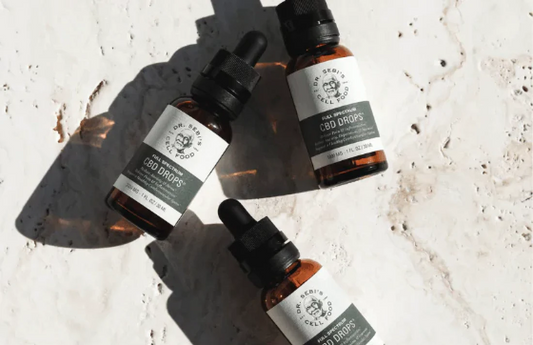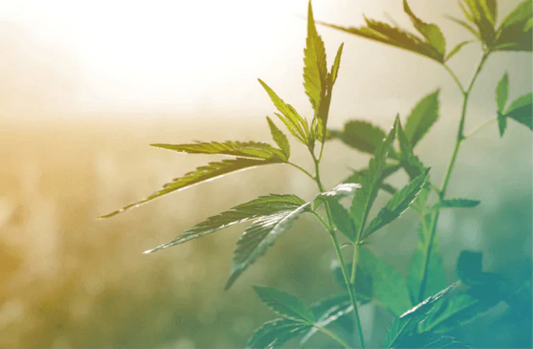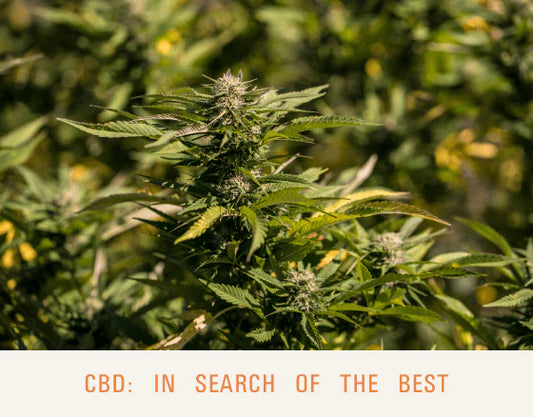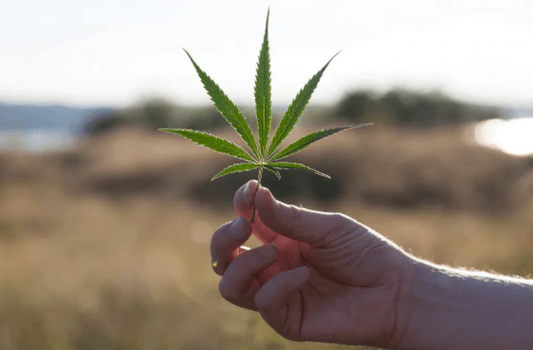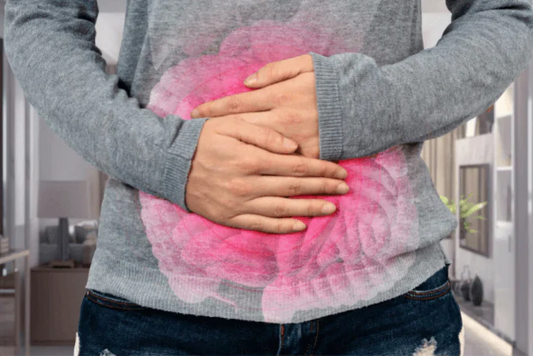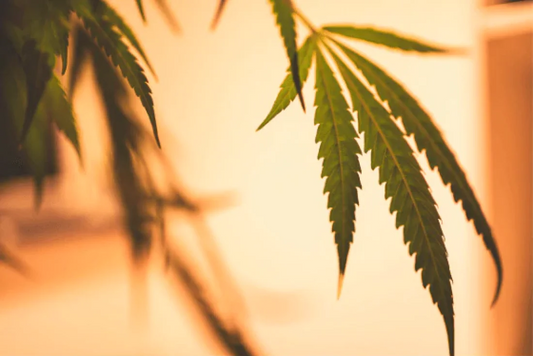The terms “hemp” and “marijuana” are often used interchangeably, but their differences are important for understanding their distinct roles and potential health benefits. While both hemp and marijuana are cannabis plants belonging to the Cannabis sativa species, they have different chemical compositions and uses.
First, a bit of background: The passage of the 2018 Farm Bill in the United States marked a significant milestone, legalizing the cultivation of hemp with a THC (tetrahydrocannabinol) concentration of 0.3% or less.
This legislation effectively distinguished hemp from its psychoactive counterpart, marijuana, which contains higher levels of THC and remains federally classified as a controlled substance.
| Hemp and marijuana are two varieties of the Cannabis sativa plant with distinct characteristics and uses. While hemp is cultivated for its fiber, seeds, and CBD-rich extracts, marijuana is prized for its psychoactive effects. |
What Is Hemp?
Hemp refers to the varieties of the Cannabis sativa plant cultivated specifically for industrial purposes, including textiles, paper, biodegradable plastics, construction materials, and biofuels. Hemp is characterized by its low THC content, typically below 0.3%, making it non-intoxicating and legally distinct from marijuana.
What Is Marijuana?
Marijuana, also known as cannabis, weed, or pot, is a psychoactive drug derived from the Cannabis sativa plant. Unlike hemp, marijuana varieties contain higher levels of THC, the compound responsible for its psychoactive effects.
It’s primarily used for recreational and medicinal purposes due to its ability to induce euphoria, alter perception, and provide therapeutic benefits for various conditions, such as glaucoma, chronic pain, and insomnia.
Hemp vs. Marijuana
Botanical Characteristics
Hemp plants are typically tall and slender, with narrow leaves concentrated at the top. It’s grown for its fiber, seeds, and oil. In contrast, marijuana plants are shorter and bushier, with broader leaves and dense buds.
Chemical Composition
Hemp typically contains high concentrations of CBD and other non-intoxicating cannabinoids, along with trace amounts of THC. CBD is known for its potential therapeutic effects, including anti-inflammatory, analgesic, and anxiolytic properties, without causing intoxication.
Marijuana, on the other hand, contains higher levels of THC and varying levels of CBD, resulting in its psychoactive effects when consumed.
Health Benefits
Hemp-derived CBD products have gained popularity for their perceived therapeutic effects, including relief from pain, anxiety, insomnia, and inflammation. Additionally, hemp seeds and oil are rich in essential fatty acids, vitamins, and minerals, making them valuable additions to a balanced diet.
Marijuana, meanwhile, is primarily used for its psychoactive properties, which may provide relief from conditions such as chronic pain, nausea, and muscle spasms, particularly in medical settings.
Uses
Because of their varying chemical compositions, hemp and marijuana have different applications. Industrial hemp is primarily cultivated to use its fibers in textiles, construction materials, and biofuels, while its seeds are utilized in food products and skincare.
Hemp-derived CBD can be used in various products, including oils, tinctures, capsules, edibles, topicals, and teas or other beverages.
Conversely, marijuana is primarily grown for recreational and medicinal purposes, prized for its psychoactive effects and therapeutic potential in managing conditions such as chronic pain, nausea, and epilepsy.
Legal Status
The legal status of hemp and marijuana in the United States has been shaped by various legislative measures, including the Marihuana Tax Act of 1937 and the Controlled Substances Act of 1970. These laws categorized cannabis as a Schedule I controlled substance, effectively prohibiting its cultivation and use for many years.
However, hemp, defined as cannabis with less than 0.3% THC content, was legalized for cultivation under the 2018 Farm Bill, leading to a surge in hemp-derived products. In contrast, marijuana, characterized by higher THC levels, remains federally illegal but is permitted for medical and/or recreational use in various states and countries, subject to specific regulations.
Dr. Sebi’s Hemp-Derived CBD
At Dr. Sebi's, we’re committed to purity and quality in the creation of all our hemp-derived CBD. From sourcing the finest, wildcrafted pure hemp to extracting full-spectrum CBD, each step in our meticulous process is carried out with integrity and attention to detail. All our products undergo rigorous third-party testing, which verifies potency and purity, ensuring customers receive only the highest quality CBD formulations.
Frequently Asked Questions
- Is CBD from hemp or marijuana?
- CBD can be derived from both hemp and marijuana plants, but hemp is the primary source due to its high CBD content and legal status. Hemp-derived CBD contains negligible levels of THC, making it non-intoxicating and legal under federal law.
- Why is hemp legal and not marijuana?
- Hemp is legal primarily because it contains very low levels of THC, the psychoactive compound in marijuana, and high levels of CBD, which has various potential health benefits. Additionally, hemp has been historically used for industrial purposes such as textiles, food, and building materials, leading to its legalization under the 2018 Farm Bill.
- Does hemp make you feel different?
- Hemp typically does not make you feel "high" or intoxicated because it contains only trace amounts of THC, the psychoactive compound in marijuana. Instead, hemp-derived CBD products are known for their potential to promote relaxation, reduce anxiety, and alleviate various symptoms without causing euphoria or impairment.






